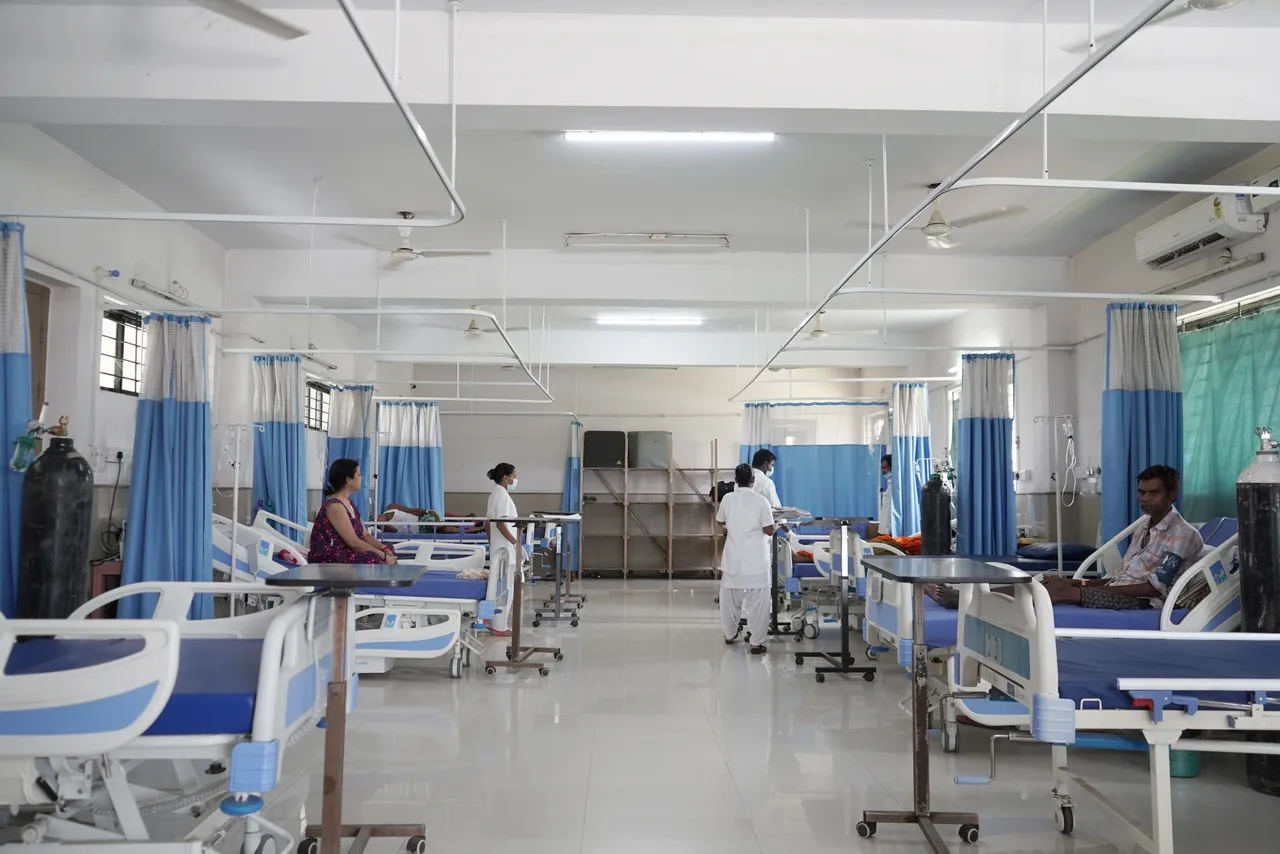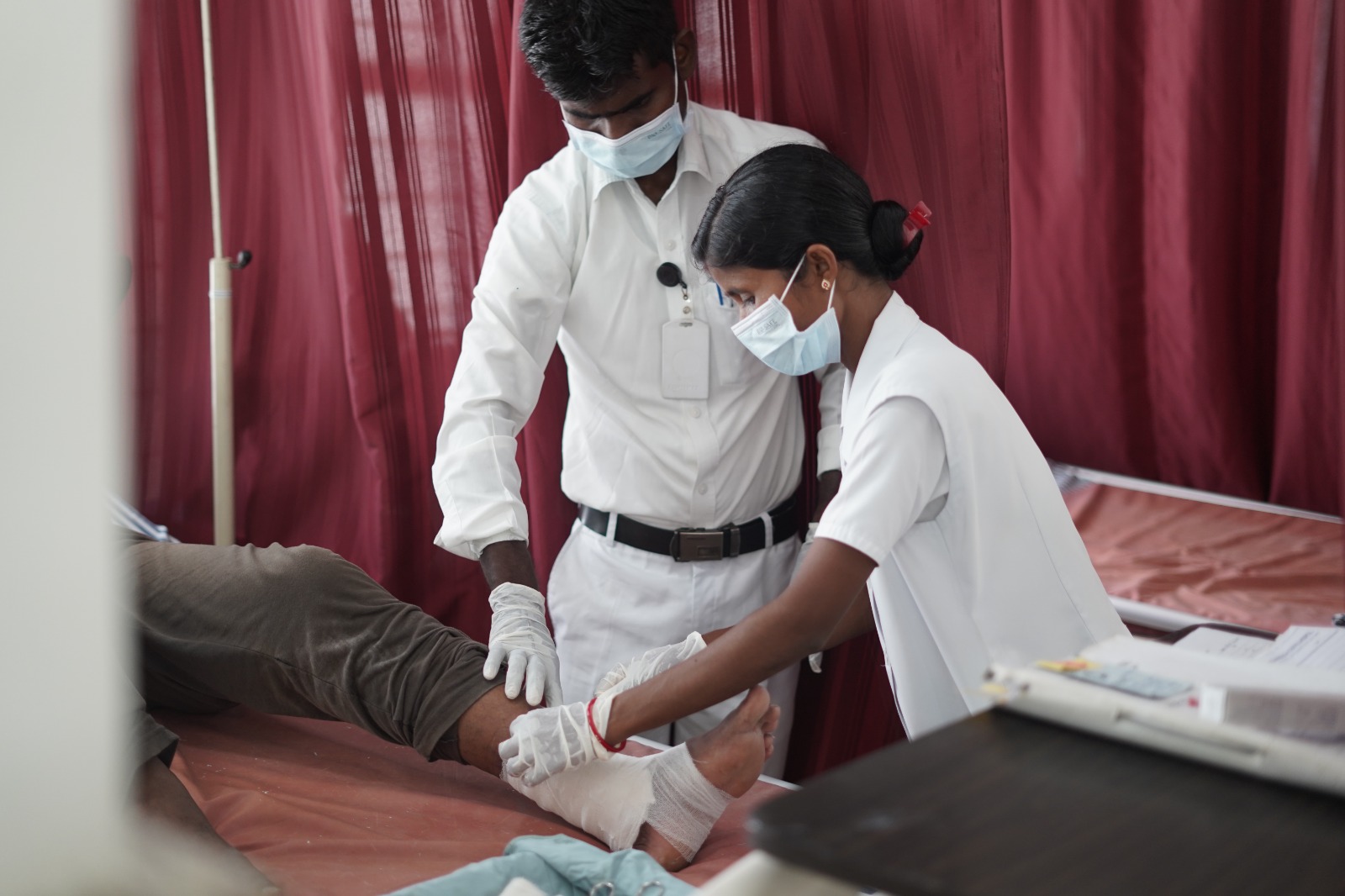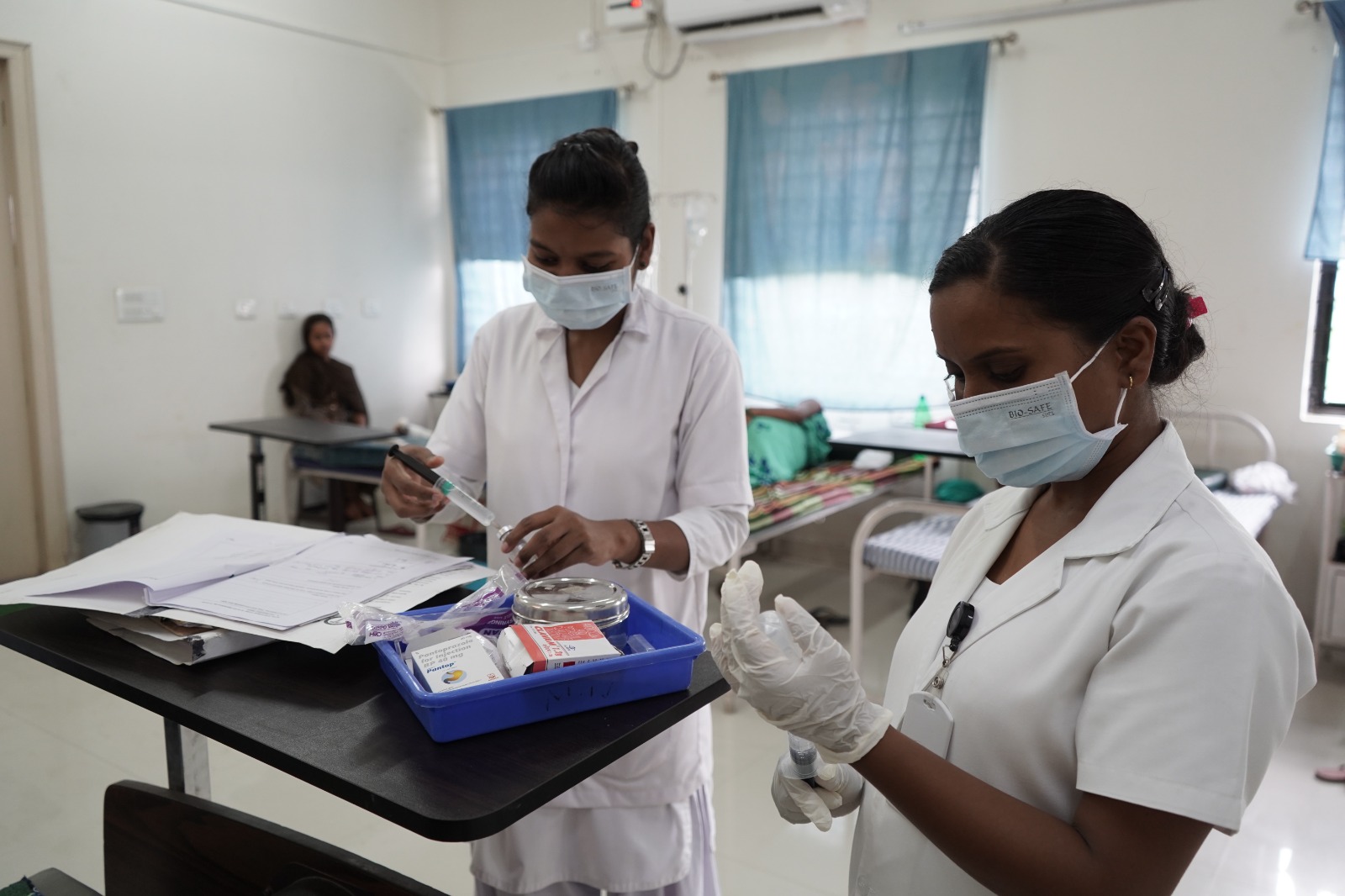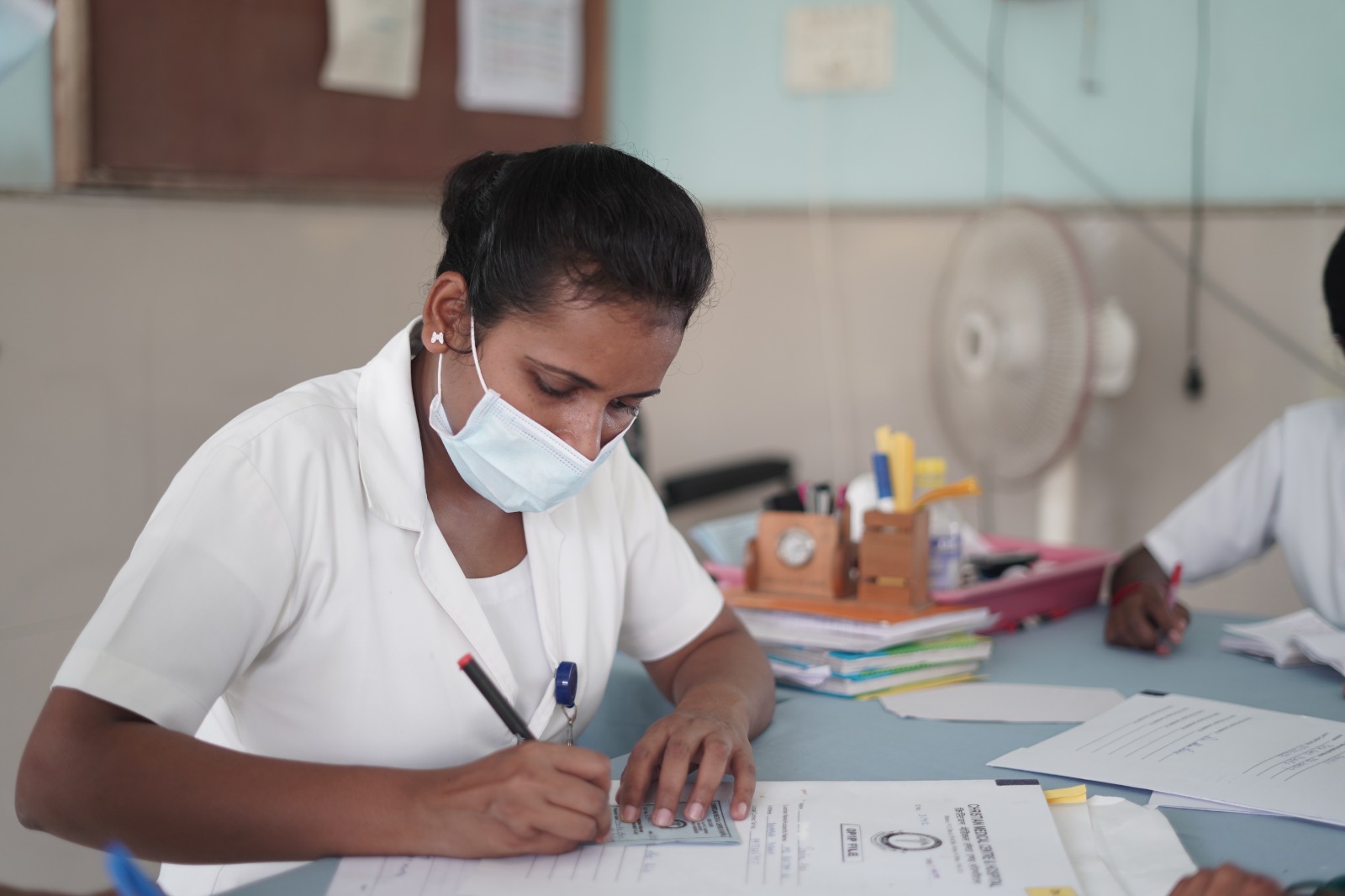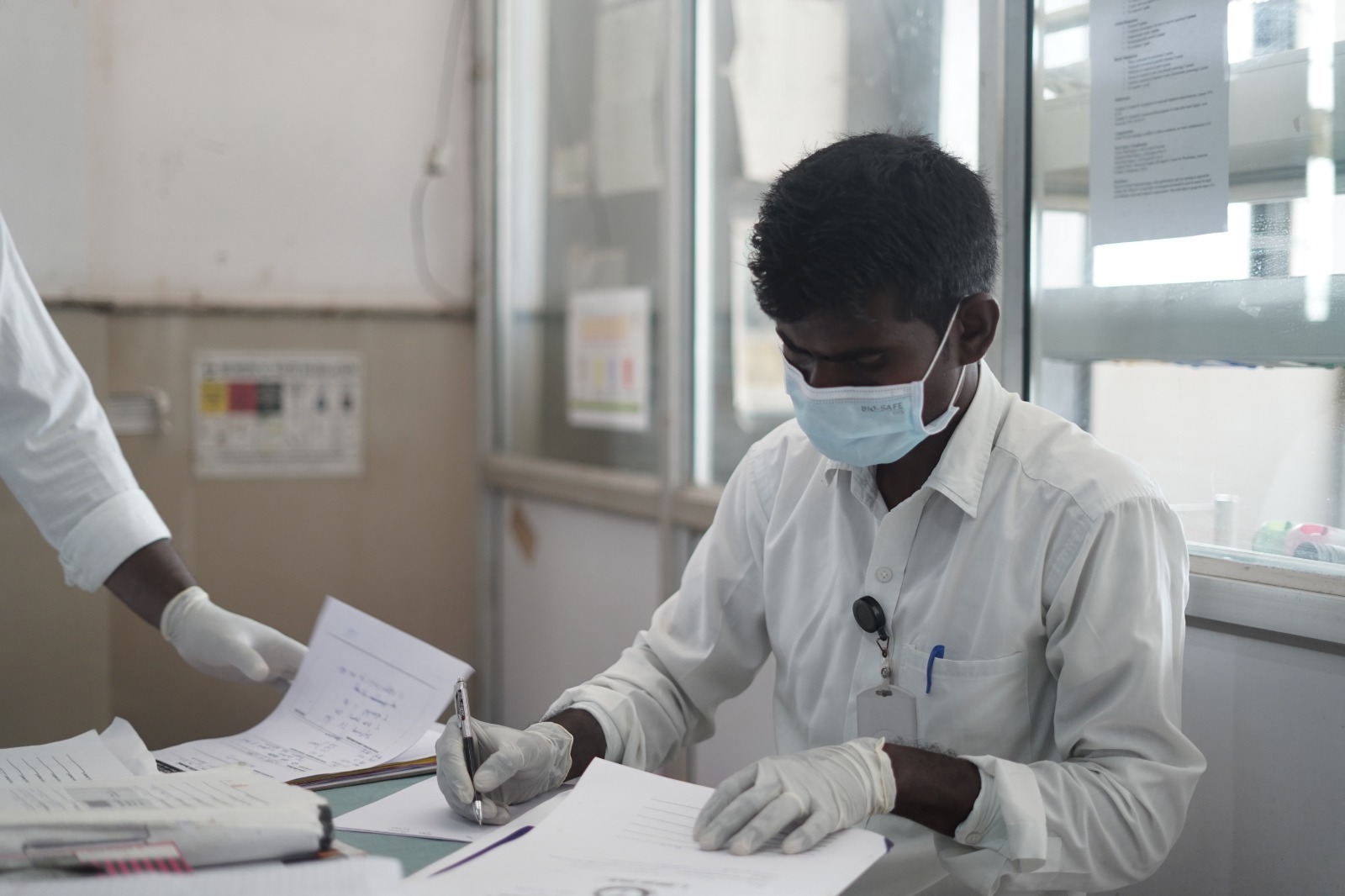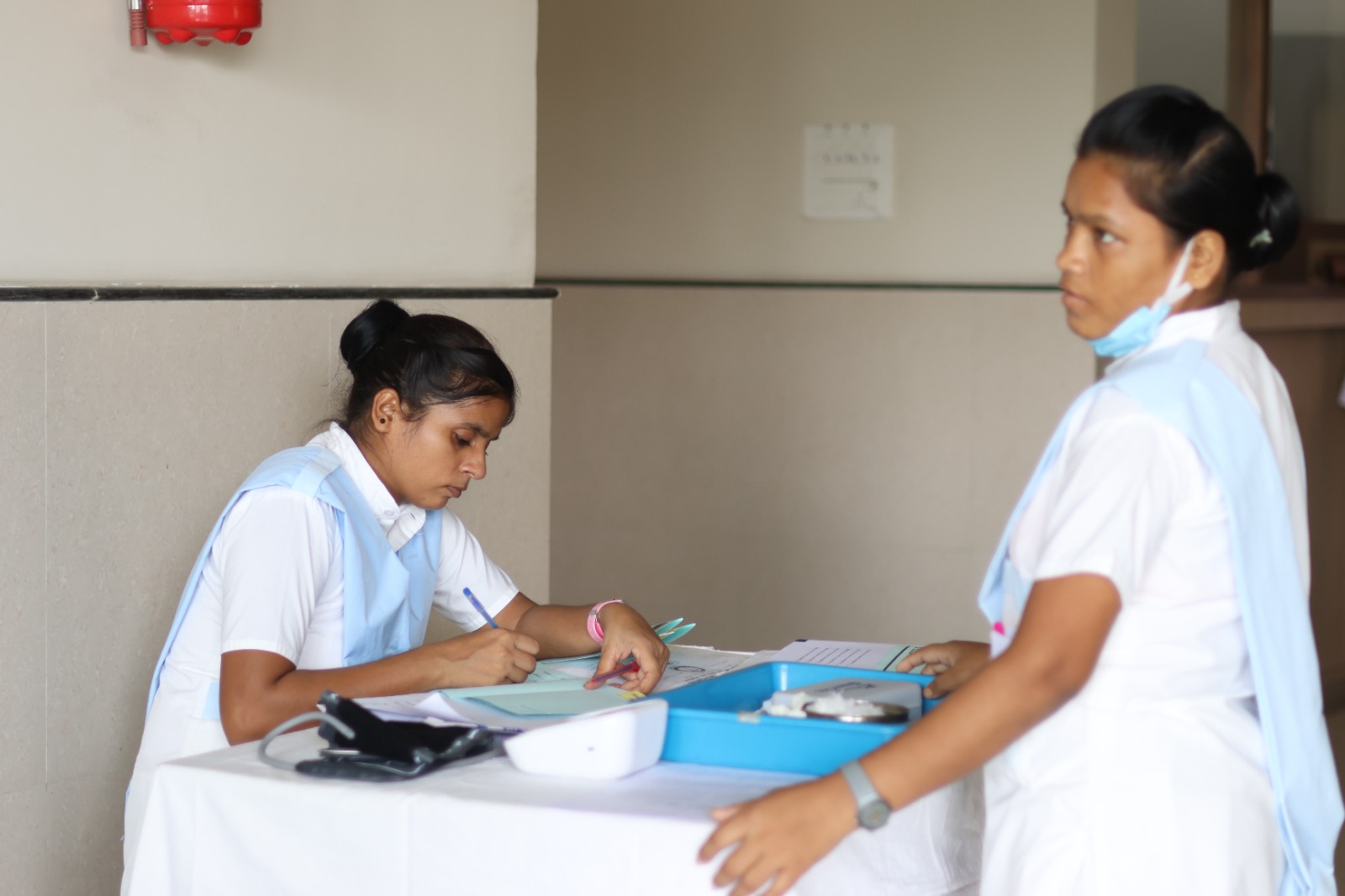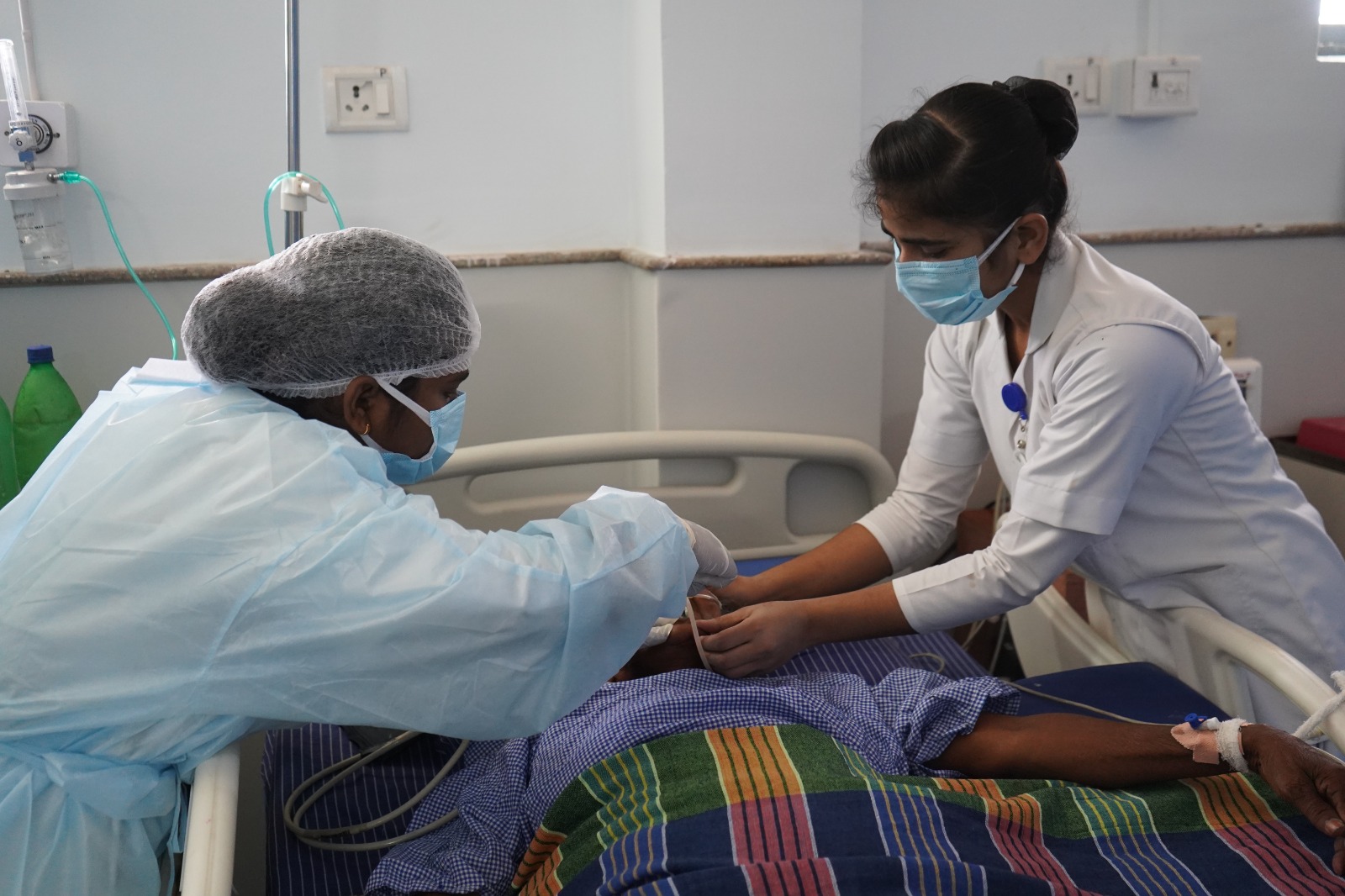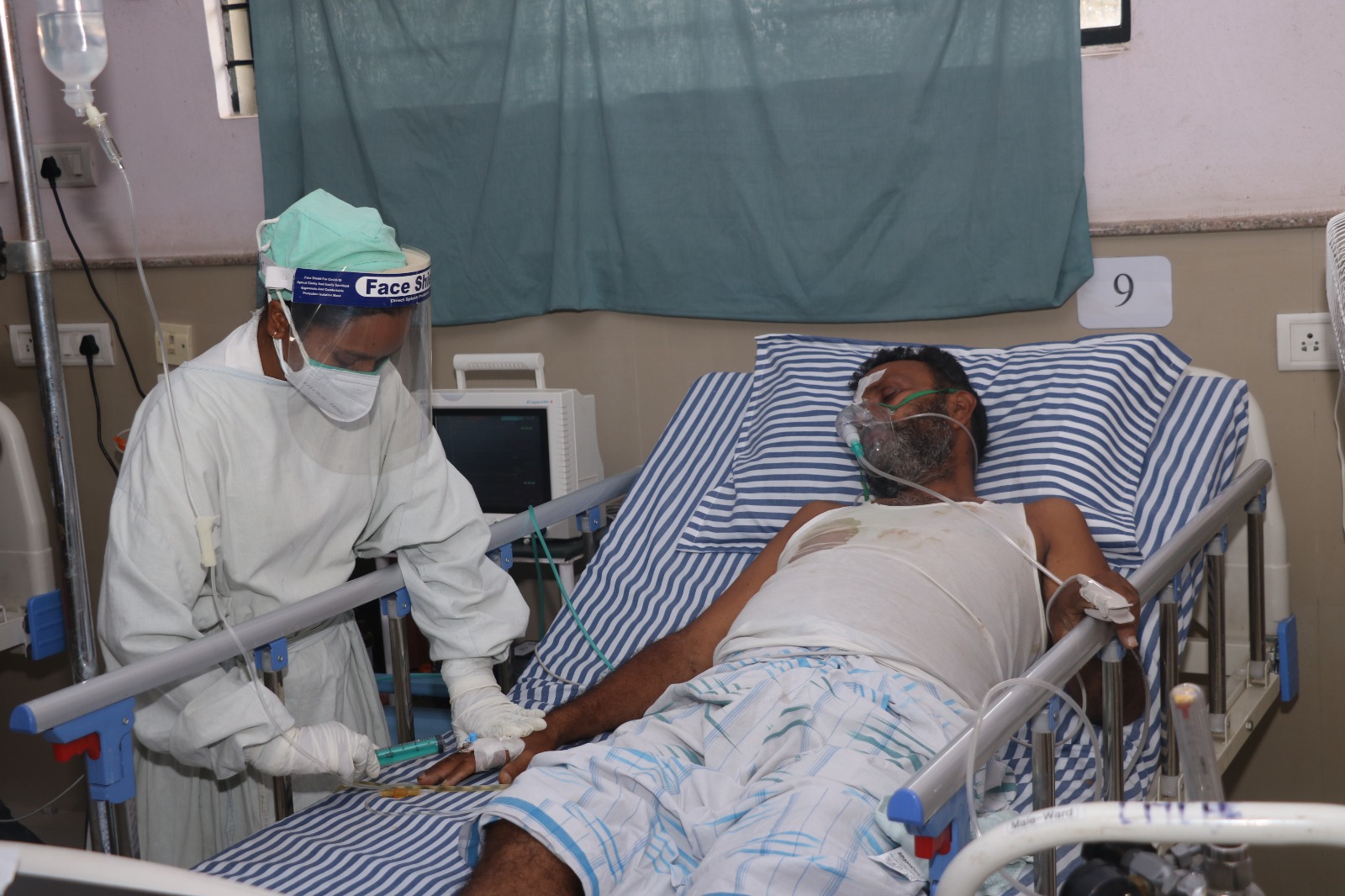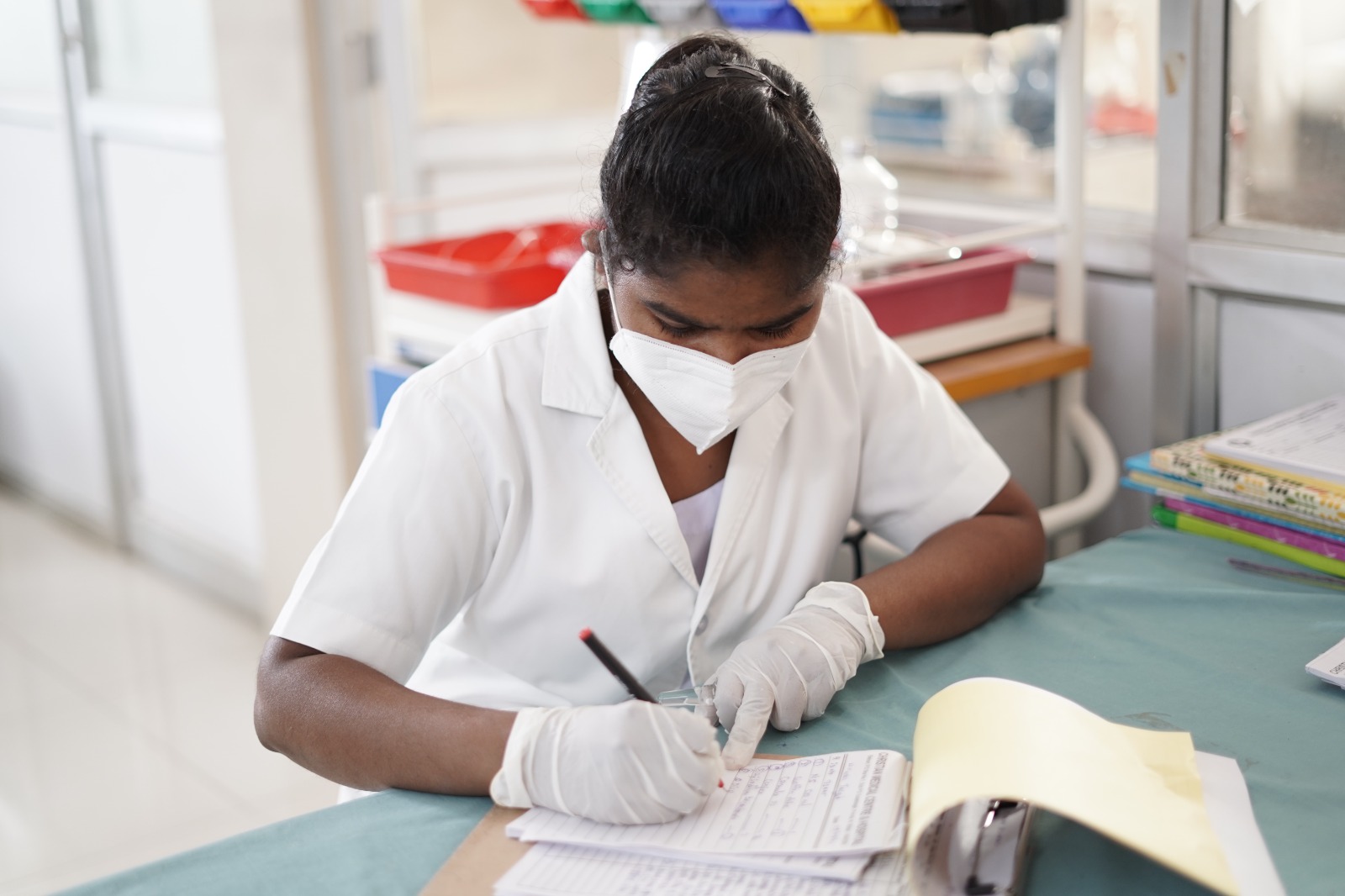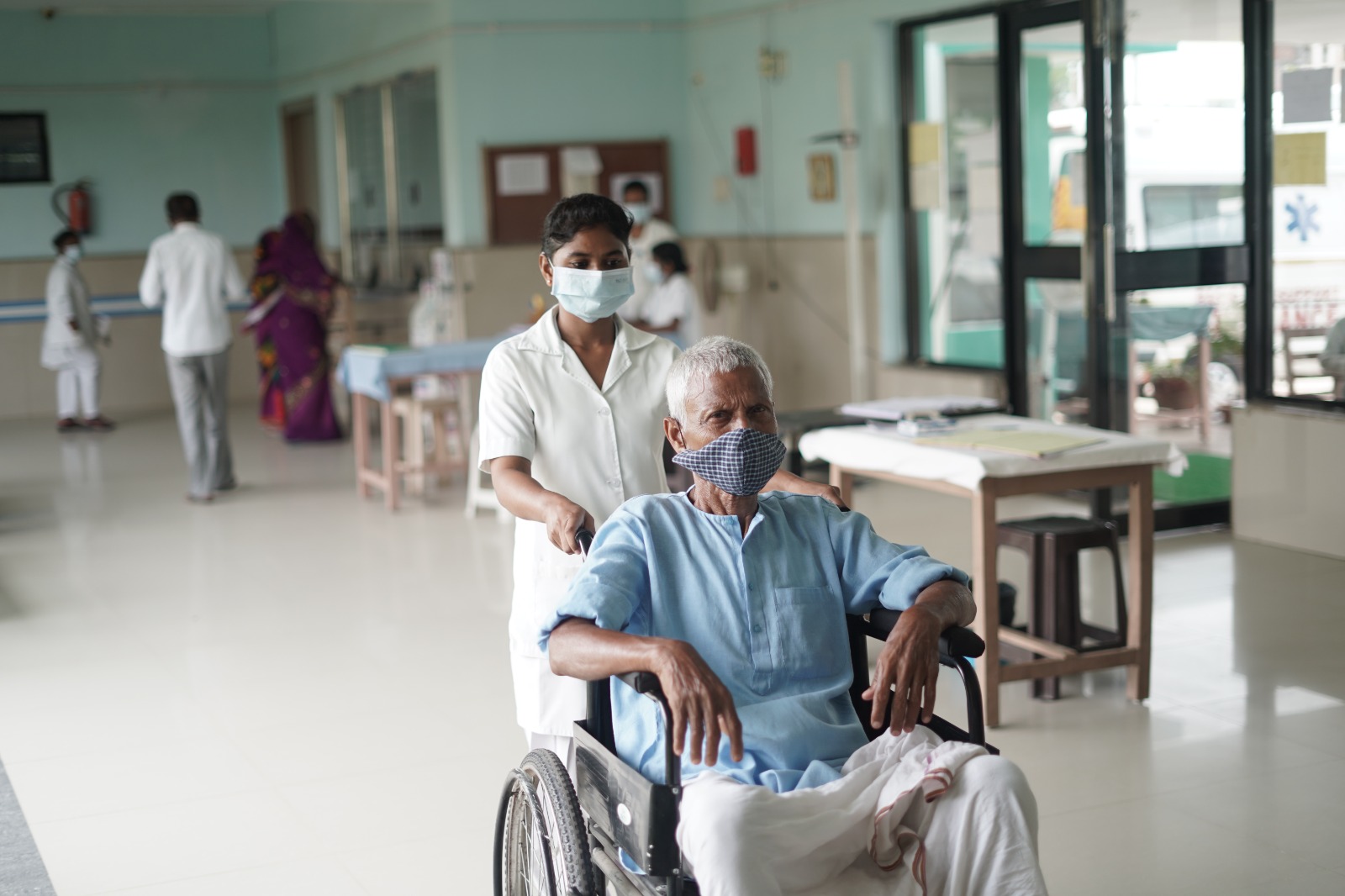Christian Medical College and Hospital
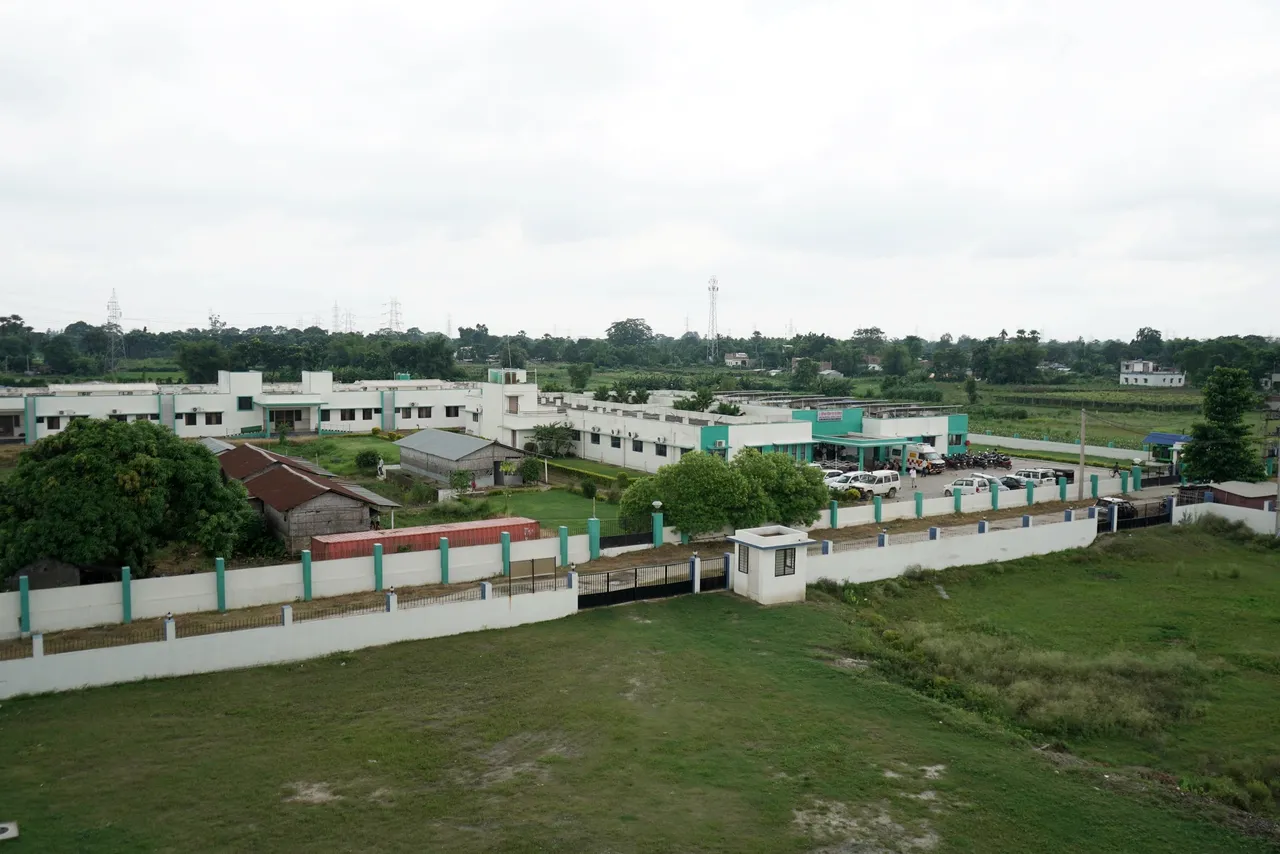
The Christian Medical Centre Hospital (CMCH):
The NIINS is attached to this Hospital, which is located just a stone’s throw away from it. The Hospital, in its present form, was commissioned for public service in the Eastern province of Purnia, Bihar, in January 2014. Currently it is a 110-bedded hospital functioning under the aegis of the New India Development Society (NIDS), registered in …………. under the ………………..Act of …………..The vision of the Hospital is to serve the sick, the poor and the needy with excellence, compassion and dignity. The three basic objectives that motivate the service are:
i) To develop efficient clinical and administrative processes, which will sustain revenues while providing the highest quality of medical care at an affordable cost to the individual patient.
ii) To make patient comfort and satisfaction the central value in operations through caring personnel, quality assurance systems, and patient feedback.
iii) To achieve self-sustaining operations through effective cost management and utilization management. The internal funds that are generated can be efficiently put in use for expansion programs, community outreach, patient subsidies, and charity.
Home to two million people, Purina, just like the other 38 districts in the state of Bihar, has overwhelming needs. Poor health standards, including the highest infant mortality rate and maternal mortality rate in India, still make this region of India an under-served one. For raising the standard of healthcare here, the development of adequate infrastructure is very essential and it has to be carried out in the coming years in a phased manner. The state’s depth of poverty (US$70 per capita income), its overwhelming population (103 million) and poor literacy rate (<40%) are really alarming. In 2005 the World Bank estimated that 451 out of the 100,000 mothers would die giving birth to their offspring. Within the context of a male gender bias, 85% rural population (living in 39,000+ villages) are frequently ravaged by endemic Tuberculosis, Malaria and Kala-Azar. Thus Bihar presents formidable challenges, the challenge of public health being a serious one. The Founder(s) of the CMCH had felt the need to face the issue of poor healthcare standard very early and in 2006 they made a modest effort to resolve the issue by opening the Christian Medical Center as an out-patient clinic at Purnia. As a precursor of the present CMCH, the clinic sought to serve needy individuals in the district of Purnia. Through the course of the clinic’s evolution into its present form, the poor and underprivileged people of the district have continuously received quality healthcare. However, their health needs continue to be worrisome. Since the prospect of getting treated at the existing local hospitals has not been financially viable, the average laborers seek medical help at the CMCH where individuals are received, evaluated, and given treatment at an affordable cost.
The Founder of the CMCH, Dr. Alexander Philip, a compassionate and public-spirited physician, had very early felt the need to face the existing problem of poor healthcare standards and in 2006 he made a modest effort to resolve the issue by opening the Christian Medical Center as an out-patient clinic at Purnia. As a precursor of the present CMCH, the clinic sought to serve needy individuals in the district of Purnia. Through the course of the clinic’s evolution into its present form, the poor and underprivileged people of the district continuously received quality healthcare at affordable cost. However, because of several reasons, issues pertaining to individuals’ and community’s health continue to be worrisome. Since the prospect of getting treated at the existing local hospitals has not been financially viable, the average laborers and a large number of common people seek medical help at the CMCH where individuals are received, evaluated, and given treatment at a very low cost.
A team of six doctors currently make up the medical team at the Hospital, aided by a team of nurses and nursing aids. A well-equipped laboratory and a digital X-ray machine provide diagnostic services to the about 100-odd patients who visit the hospital every day now. During the second wave of Covid-19, the Hospital provided treatment to scores of patients with adequate life-support systems. An administrative team is also in place providing support services to the overall management. The Hospital is also exploring the possibility of setting up an annex to serve in an ongoing manner the poorest of the poor and, especially, those requiring long-term treatment
